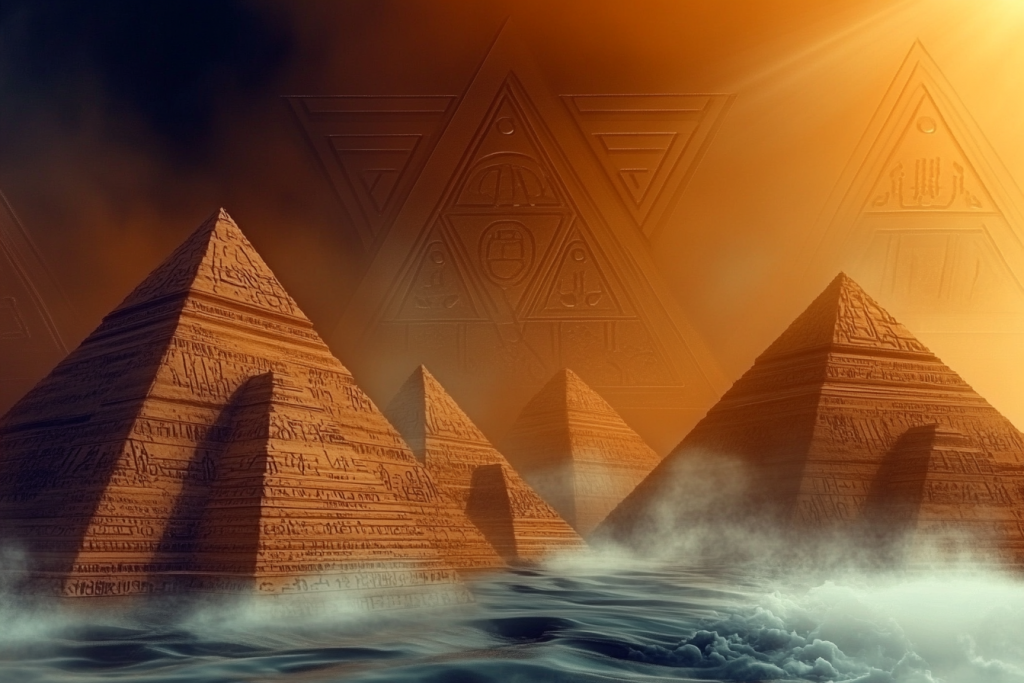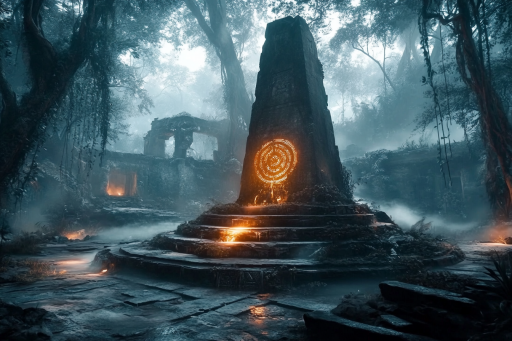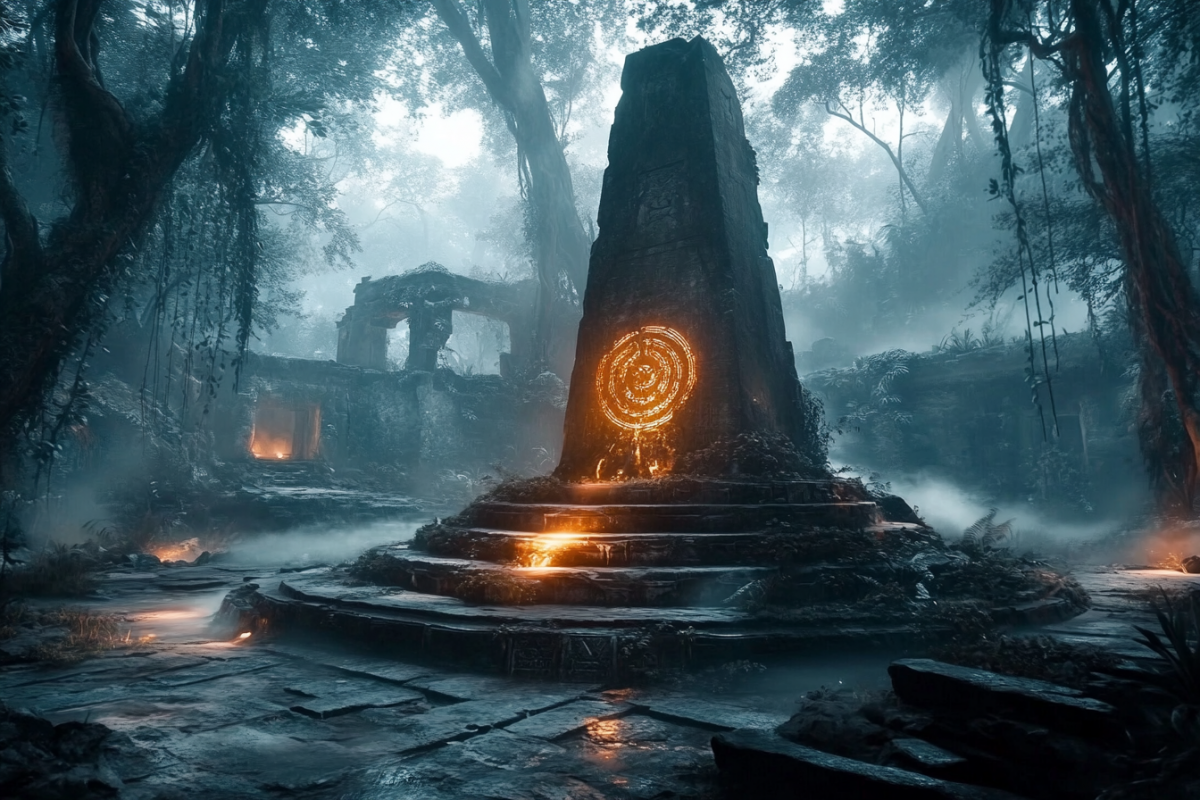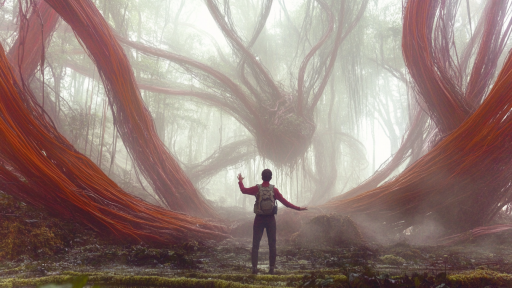
Throughout history, civilizations separated by vast distances and time have mysteriously created similar symbols, often with striking resemblance to one another. These marks appear on ancient temples, cave walls, and sacred objects, leaving modern researchers puzzled. Were these symbols a product of shared human intuition, divine inspiration, or evidence of forgotten connections between distant cultures? No matter the answer, these recurring images hint at something deeper—messages left behind by our ancestors, waiting to be deciphered.
The Spiral of Life

Carved into rocks, temples, and tombs, the spiral is one of the oldest and most universal symbols. From the Celtic carvings of Europe to the petroglyphs of the American Southwest and the labyrinthine motifs of ancient Greece, the spiral is often associated with cycles, rebirth, and the flow of time. Some believe it represents the universe itself, a visual echo of galaxies and hurricanes. Others speculate it signifies the soul’s journey—an eternal loop from life to afterlife and back again.
The Eye That Watches

Whether it’s the Egyptian Eye of Horus, the Greek Evil Eye, or the protective Nazar amulet found across the Middle East, depictions of a single, all-seeing eye span cultures and centuries. Often linked to divine protection, wisdom, or supernatural awareness, these symbols suggest an ancient belief in unseen forces constantly observing humanity. Some researchers suggest that the eye represents enlightenment, while others wonder if it hints at something older—perhaps a deep-seated fear of being watched.
The Double-Headed Serpent

From Mesoamerican mythologies to Norse and Hindu traditions, the image of a two-headed serpent appears repeatedly in civilizations that never crossed paths. In Aztec culture, Quetzalcoatl—the feathered serpent—was a god of wisdom and rebirth, while in Viking lore, Jörmungandr encircled the world. Many cultures saw the double-headed snake as a bridge between realms, symbolizing power, transformation, and duality. Could these ancient depictions point to a shared, primordial fear—or something more?
The Swirling Triskelion

The triskelion, a symbol of three interlocking spirals or legs, has been found in ancient Greece, Ireland, Japan, and even prehistoric sites in Sicily. It often represents movement, progress, and the triadic nature of existence—birth, life, and death. Some theories suggest it symbolizes the sun’s path across the sky, while others connect it to spiritual balance. How did such a specific design emerge in places with no known connection?
The Sacred Knot

From the intricate Celtic knots of Europe to the endless knots in Buddhist and Hindu traditions, complex interwoven patterns have carried deep spiritual significance across cultures. These unbreakable loops symbolize eternity, interconnectedness, and the inescapable flow of fate. Whether found on Viking runestones, Egyptian jewelry, or Chinese temples, the knot’s message remains the same—everything is bound together, and nothing truly ends.
The Sun with Many Rays

Depictions of a sun with radiating beams can be seen in the petroglyphs of Native Americans, the solar disks of ancient Egypt, and the religious art of India and Mesopotamia. The sun, giver of life and cosmic order, was universally revered, but why did so many civilizations portray it in the same distinct way? Some believe the answer lies in human perception itself—how our eyes register light and shadow. Others suggest something more mystical—a lost, ancient understanding of the cosmos.
The Winged Disc

The winged sun disk appears prominently in Egyptian, Mesopotamian, and Persian art, often associated with gods, kings, and divine authority. Some versions include serpent-like figures entwined with the sun, reinforcing its association with cosmic power and enlightenment. Its presence in multiple cultures raises questions—was it simply a shared artistic motif, or does it represent something more universal, a forgotten truth about the heavens?
The Handprint of the Ancestors

Scattered across prehistoric cave walls from Argentina to Australia, handprints left behind by ancient humans stand as eerie reminders of those who came before. Often created by blowing pigment over an outstretched hand, these imprints could have been spiritual marks, a form of storytelling, or an attempt to communicate with the unknown. Why did cultures separated by oceans create the same haunting signature? Some theorize a universal human impulse—to prove existence, to leave a mark, to reach across time.
The Triangular Pyramid

Pyramids and triangular structures dominate ancient architecture, appearing in Egypt, Mesoamerica, China, and even Indonesia. The shape itself is structurally sound, but its repeated use in spiritual and religious contexts suggests deeper meaning. Many ancient cultures saw the triangle as a bridge between realms—earth, sky, and the divine. Could this shape hold an innate significance within the human mind, or did an unknown influence guide early civilizations to construct these monuments?
The Coiled Serpent

From the Rod of Asclepius in Greek medicine to the Kundalini serpent in Hindu philosophy, the image of a coiled snake has long been associated with healing, transformation, and divine energy. Even in cultures where snakes were feared, they were also revered for their ability to shed skin and be “reborn.” How did this symbol of renewal transcend continents? Some believe it reflects an ancient understanding of life force, hidden knowledge, or the cycle of death and rebirth.
The Face with the Open Mouth

Whether carved into Mesoamerican temples, Viking runestones, or ancient Chinese artifacts, the image of a face with an exaggerated open mouth is both captivating and unsettling. Some believe it represents an entrance to the spirit world, while others suggest it is an eternal scream—an echo of fear or warning passed down through generations. Why did so many ancient people choose this same haunting depiction? The answer remains lost in time.
Echoes of the Past or a Hidden Connection?

Symbols have always held power, shaping belief systems, guiding rituals, and bridging the known with the unknown. But when these same marks appear across civilizations that should never have met, it raises questions modern scholars struggle to answer. Are these recurring designs mere coincidence, the product of shared human intuition? Or do they hint at something deeper—a lost history, a forgotten link, or a message waiting to be understood?





